- With standard equipment
- With safety pack
Find more information in the General Comments section of the assessment
Find more information in the Rating Validity tab of the assessment
- See More
- See More
- See More
- See More
- Good
- Adequate
- Marginal
- Weak
- Poor
 Rear Seat
Rear Seat
 Front Seat
Front Seat
- Good
- Adequate
- Marginal
- Weak
- Poor


Passenger
outboard
center
Fitted to the vehicle as standard
Not fitted to the test vehicle but available as option
Not Available
-
i-Size CRS
-
ISOFIX CRS
-
Universal Belted CRS
Easy
Difficult
Safety critical
Not allowed
| Seat Position | ||||
|---|---|---|---|---|
| Front | 2nd row | |||
| Passenger | Left | center | Right | |
| Maxi Cosi 2way Pearl & 2wayFix (i-Size) | ||||
| Maxi Cosi 2way Pearl & 2wayFix (i-Size) | ||||
| BeSafe iZi Kid X2 i-Size (i-Size) | ||||
| Britax Römer TriFix2 i-Size (i-Size) | ||||
| BeSafe iZi Flex FIX i-Size (i-Size) | ||||
| BeSafe iZi Combi X4 ISOfix (ISOFIX) | ||||
| Cybex Solution Z i-Fix (ISOFIX) | ||||
| Maxi Cosi Cabriofix (Belt) | ||||
| Maxi Cosi Cabriofix & EasyBase2 (Belt) | ||||
| Britax Römer King II LS (Belt) | ||||
| Britax Römer KidFix XP (Belt) | ||||
Easy
Difficult
Safety critical
Not allowed
In both the frontal offset test and the side barrier impact, protection of both child dummies was good for all critical body areas and the Polestar 2 scored maximum points in this part of the assessment. The front passenger airbag can be disabled to allow a rearward-facing child restraint to be used in that seating position. Clear information is provided to the driver regarding the status of the airbag and the system was rewarded. All of the restraints for which the Polestar 2 is designed could be properly installed and accommodated.
- Good
- Adequate
- Marginal
- Weak
- Poor

Head Impact 19.9 Pts
Pelvis Impact 4.1 Pts
Leg Impact 6.0 Pts
| System Name | Collision Avoidance and Mitigation (IntelliSafe) | ||
| Type | Auto-Brake with Forward Collision Warning | ||
| Operational From | 4 km/h | ||
| PERFORMANCE | | |||
-
Cyclist from nearside, obstructed view
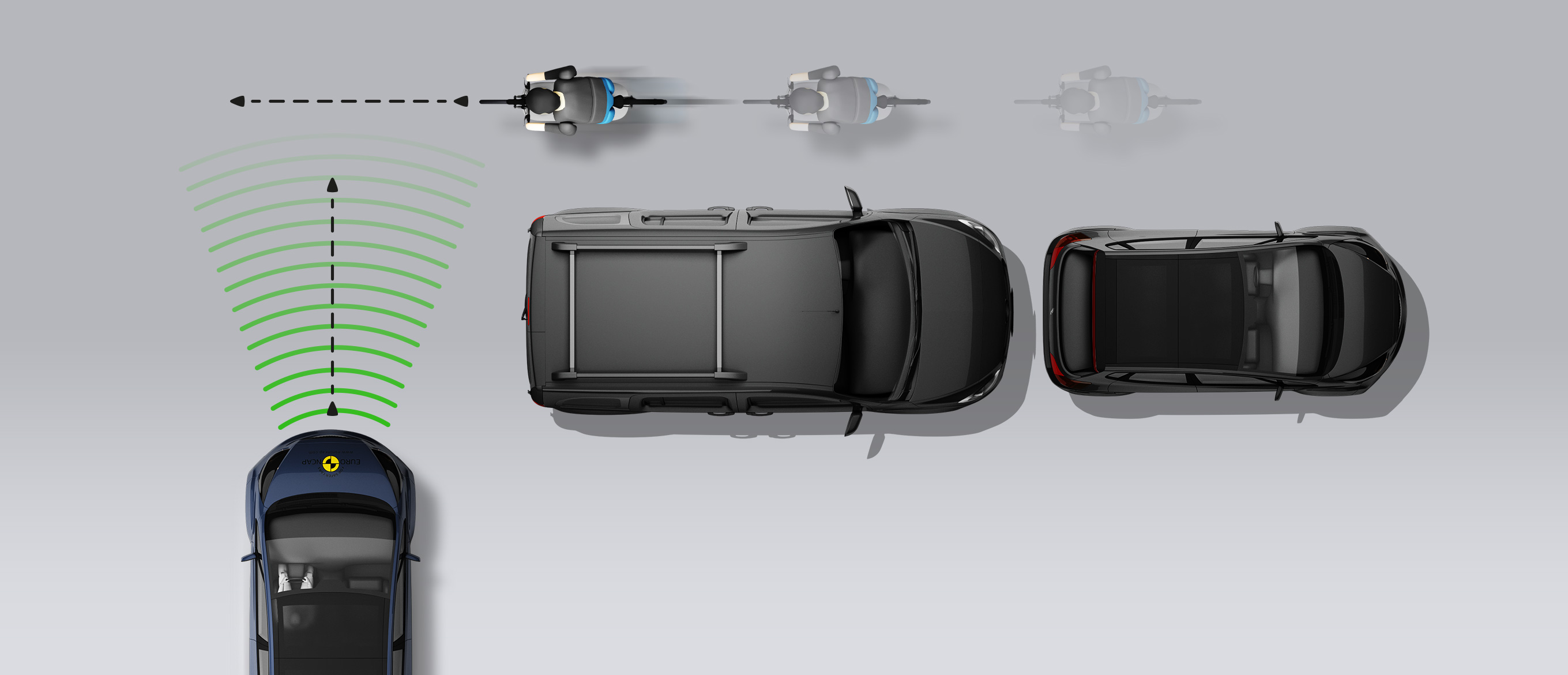
-
Approaching a crossing cyclist
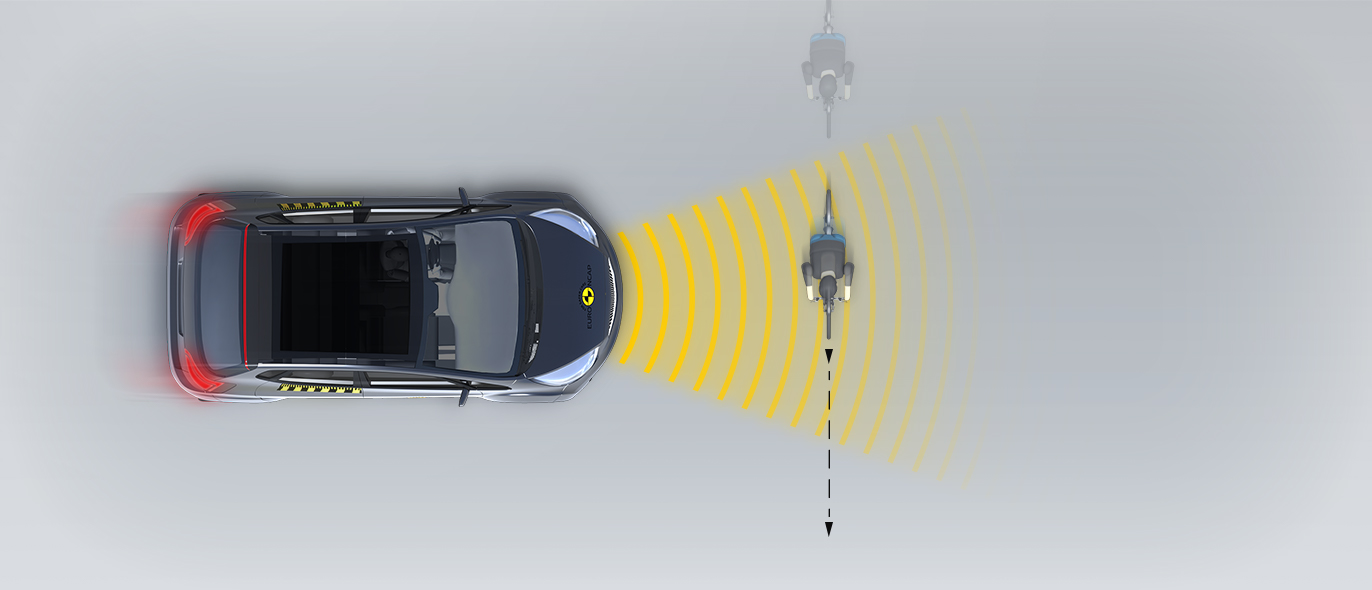
-
Cyclist along the roadside

The Polestar 2 is equipped with an 'active' bonnet. Sensors in the bumper detect when a pedestrian has been hit and actuators raise the bonnet to provide greater clearance to the stiff structures underneath. Polestar showed that the system worked robustly for different pedestrian statures and over a range of speeds. Accordingly, the car was tested in bonnet deploying. The system worked well, the bonnet providing good or adequate protection over almost all of its surface. The bumper provided good protection to pedestrians' legs. Protection of the pelvis was predominantly good but poorer test results were recorder at some test positions. The Polestar's autonomous emergency braking (AEB) system can detect vulnerable road users like pedestrians and cyclists, as well as other vehicles. In tests, the system's response to cyclists was good and its response to pedestrians was adequate. The system does not detect pedestrians to the rear of the car, and reversing tests were not performed.
- Good
- Adequate
- Marginal
- Weak
- Poor
| System Name | Speed Assist |
| Speed Limit Information Function | Camera & Map, subsigns supported |
| Speed Control Function | Manually set (accurate to 5km/h) |
| Applies To | Front and rear seats, including third row | ||
| Warning | Driver Seat | Front Passenger(s) | Rear Passenger(s) |
| Visual | |||
| Audible | |||
| Occupant Detection | |||
|
|||
| System Name | Driver Alert |
| Type | Steering input |
| Operational From | 65 km/h |
| System Name | Lane Keeping Aid (IntelliSafe) |
| Type | LKA and ELK |
| Operational From | 65 km/h |
| Performance | |
| Emergency Lane Keeping | |
| Lane Keep Assist | |
| Human Machine Interface | |
| System Name | Collision Avoidance and Mitigation (IntelliSafe) | |||
| Type | Autonomous emergency braking and forward collision warning | |||
| Operational From | 4 km/h | |||
| Sensor Used | camera and radar | |||
A seatbelt reminder system is fitted as standard equipment to the front and rear seats. A driver-monitoring system monitors steering inputs and warns the driver if it detects those which are characteristic of drowsy driving. A speed assistance system is fitted as standard. The speed limitation information system did not meet Euro NCAP's requirements. The speed limiter can be set manually, and points were awarded for that part of the speed assistance system. A lane assistance system gently steers the car if it is drifting out of lane and also intervenes more aggressively in some critical situations. In tests of its reaction to other vehicles, the AEB system performed well, with collisions avoided in almost all test situations.
- Specifications
- Safety Equipment
- Videos
- Rating Validity
Specifications
Tested Model Polestar 2 Long Range Dual Motor, LHD
Body Type - Fastback 5 door
Year Of Publication 2021
Kerb Weight 2173kg
VIN From Which Rating Applies - all Polestar 2
Class Executive Car
Safety Equipment
Note: Other equipment may be available on the vehicle but was not considered in the test year.
Fitted to the vehicle as standard
Fitted to the vehicle as part of the safety pack
Not fitted to the test vehicle but available as option or as part of the safety pack
Not available
Not applicable
Videos
Rating Validity
Variants of Model Range
| Body Type | Engine | Drivetrain | Rating Applies | |
|---|---|---|---|---|
| LHD | RHD | |||
| 5 door hatchback | Long range dual electric motor* | 4 x 4 |  |
 |
| 5 door hatchback | Long range single electric motor | 4 x 2 |  |
 |
| 5 door hatchback | Standard range single electric motor | 4 x 2 |  |
 |
* Tested variant



Find more information in the General Comments section of the assessment
A blind-spot information system (BLIS) was standard equipment on the Polestar 2 when it was originally launched. However, this feature is now included only in the optional Pilot Pack and should not contribute to the score in Euro NCAP's assessment. The change makes a small difference to the score in Safety Assist but the star rating is unaffected.
 Share
Share
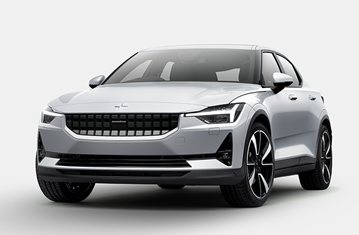


















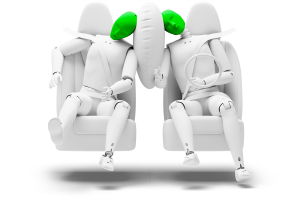
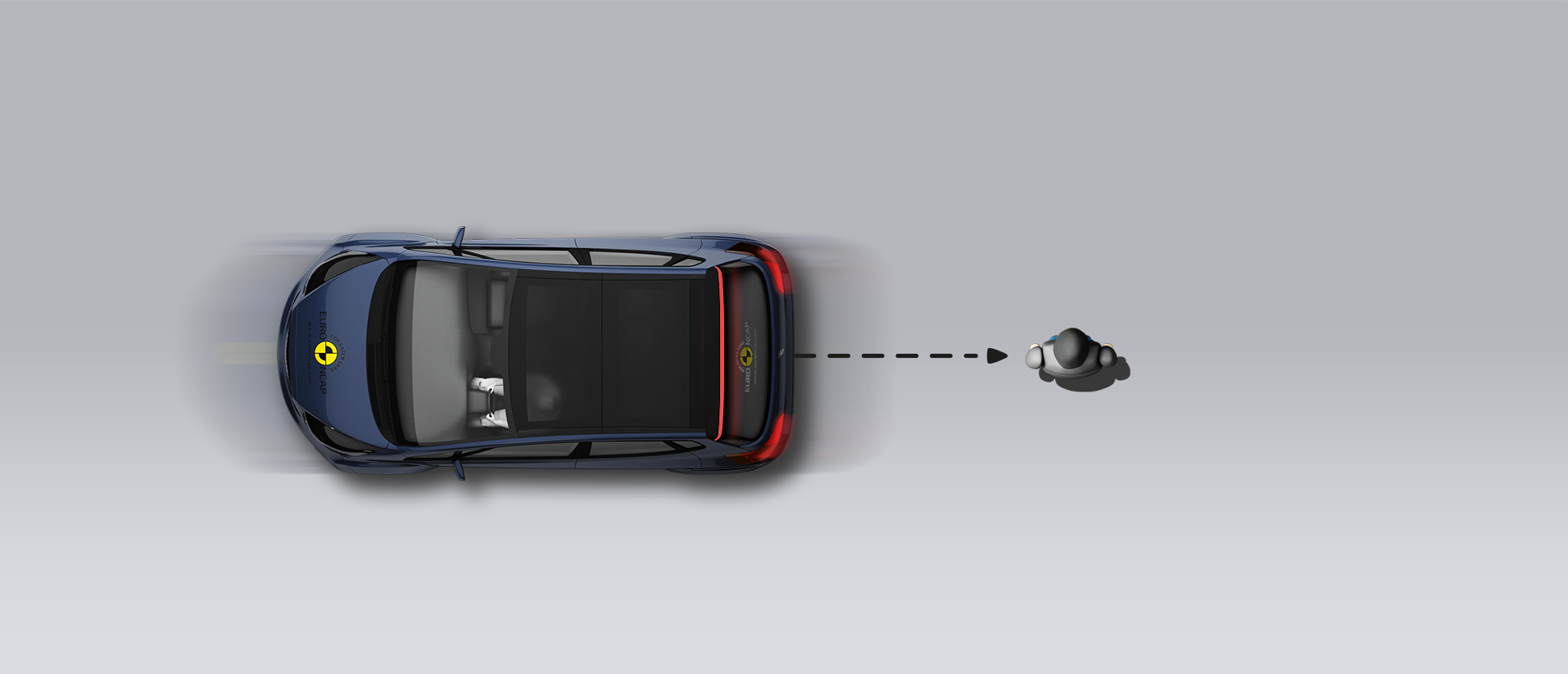
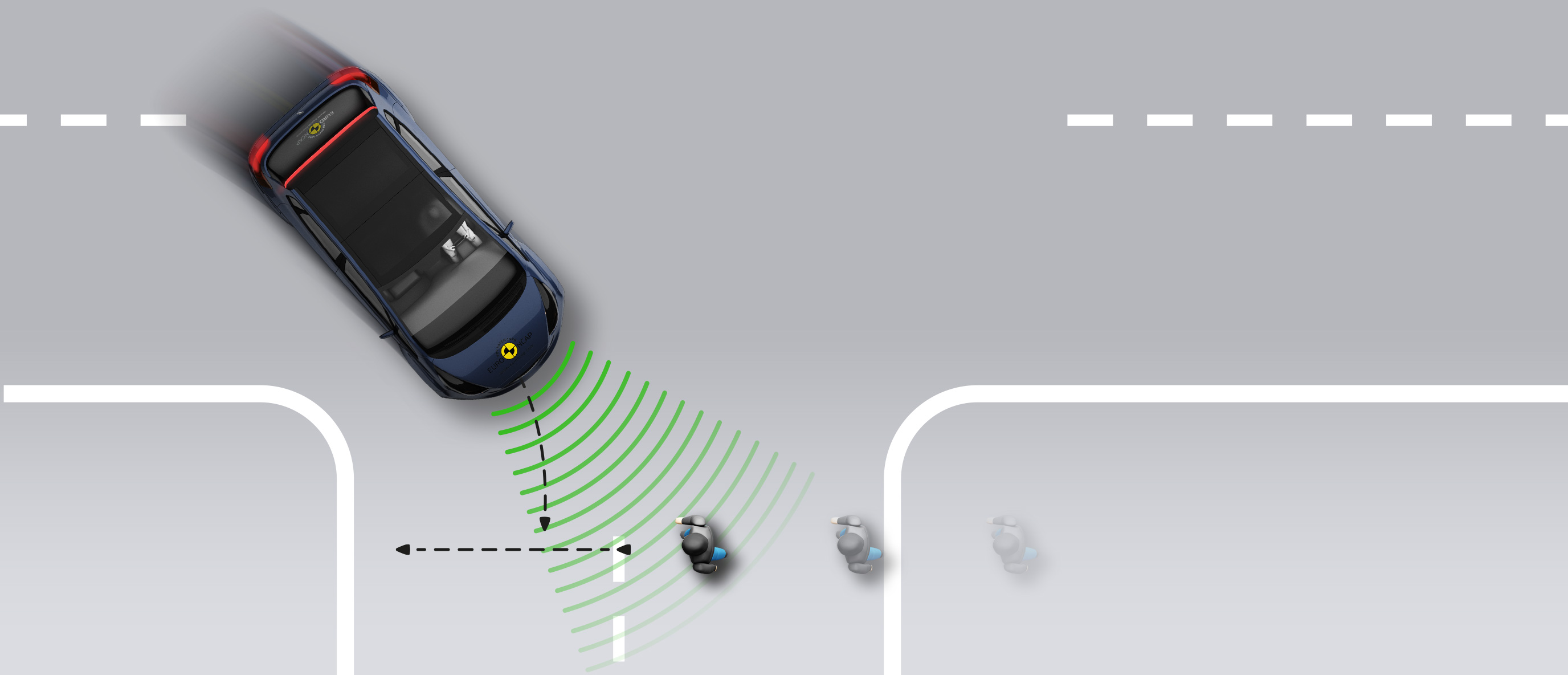

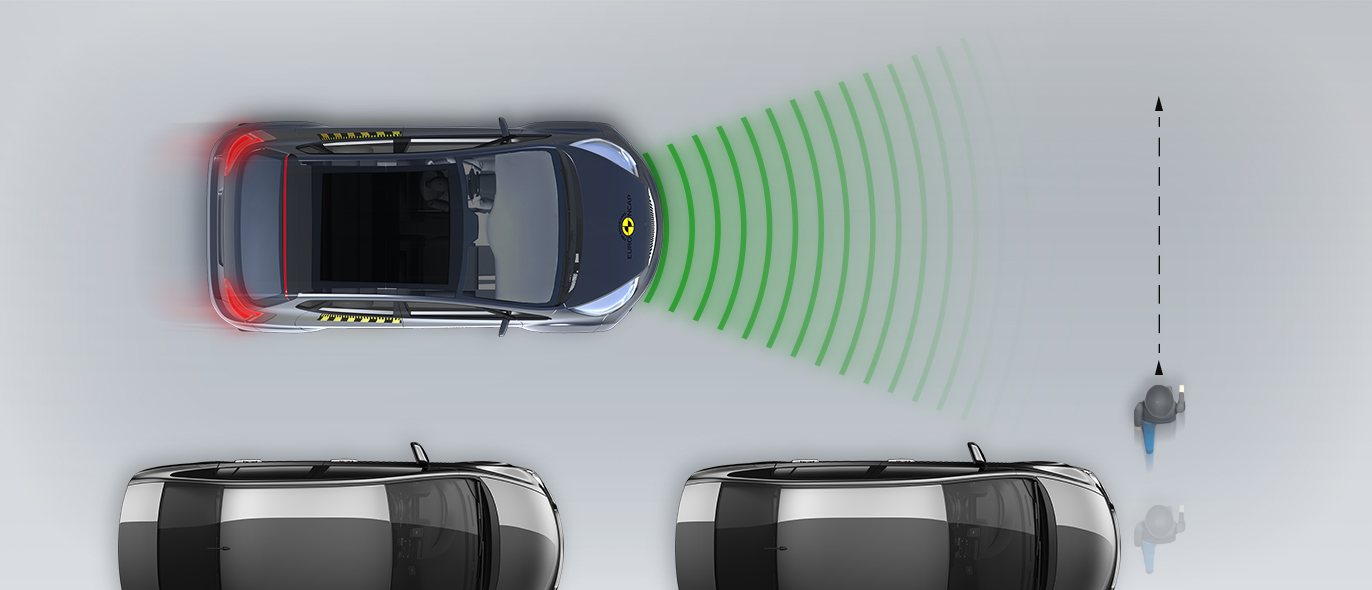



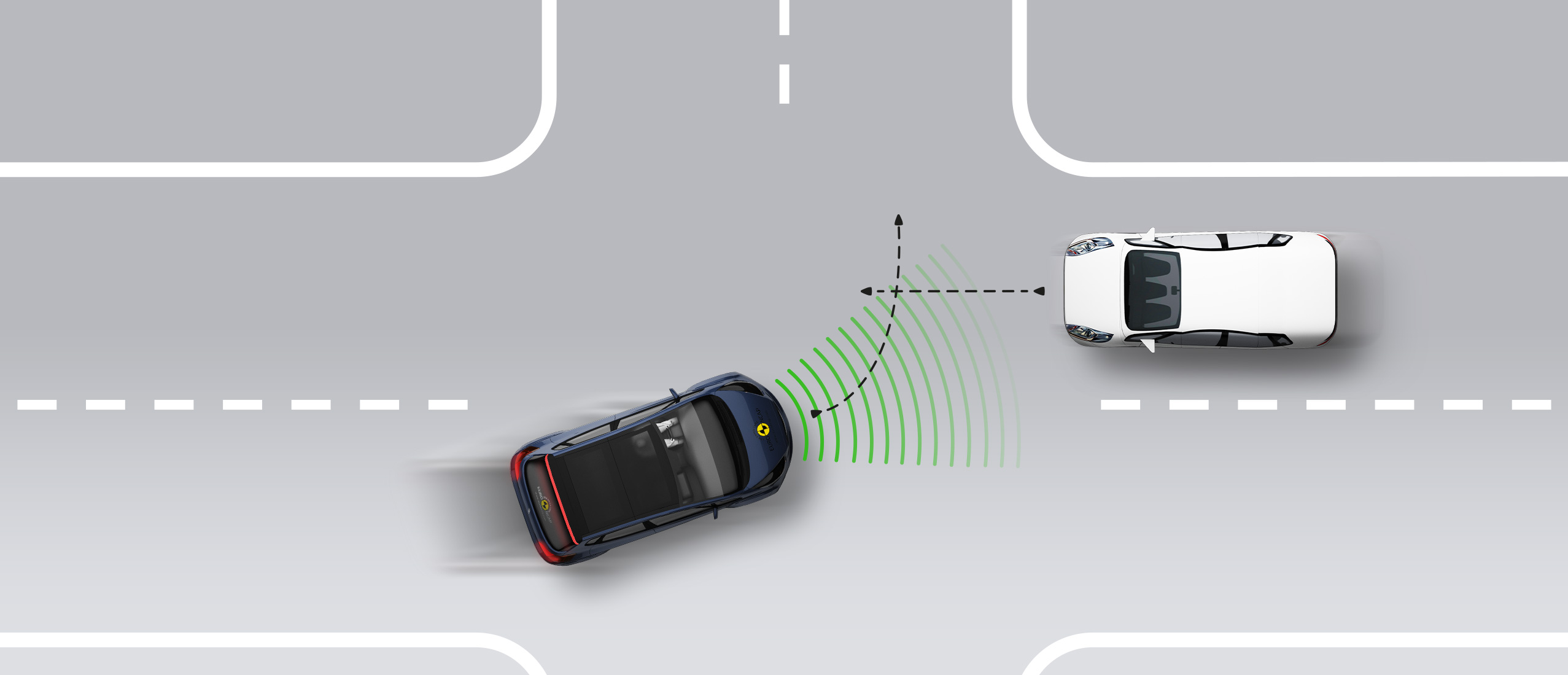








The passenger compartment remained stable in the frontal offset test. Dummy readings indicated good protection of the knees and femurs of both the driver and passenger. Polestar showed that a similar level of protection would be provided to occupants of different sizes and to those sitting in different positions. Analysis of the deformable barrier used in the test showed that the Polestar 2 was moderately aggressive towards other vehicles and a penalty was applied to the score for the offset test. In the full-width, rigid wall test, protection was good or adequate for all critical body regions for both the driver and the rear seat passenger. In the side barrier test, representing a collision by another vehicle, protection of all critical body areas was good for all critical body areas. Even in the more severe side pole impact, protection was at least adequate. In an assessment of protection in far-side impact, dummy excursion (its movement towards the other side of the vehicle) was rated as good. The Polestar 2 is equipped with a centre airbag to protect against occupant-to-occupant interaction in side impacts. This system worked well in Euro NCAP's test, with good protection of the head for both front seat occupants. Tests on the front seats and head restraints demonstrated good protection against whiplash injury in the event of a rear-end collision. A geometric assessment of the rear seats also indicated good whiplash protection. The car is equipped as standard with a multi-collision braking system, which applies the brakes immediately after an impact to prevent the vehicle from being involved in secondary impacts. The car also has an advanced e-Call system which, in the event of an accident, automatically sends a message to the emergency services, giving the car's location.